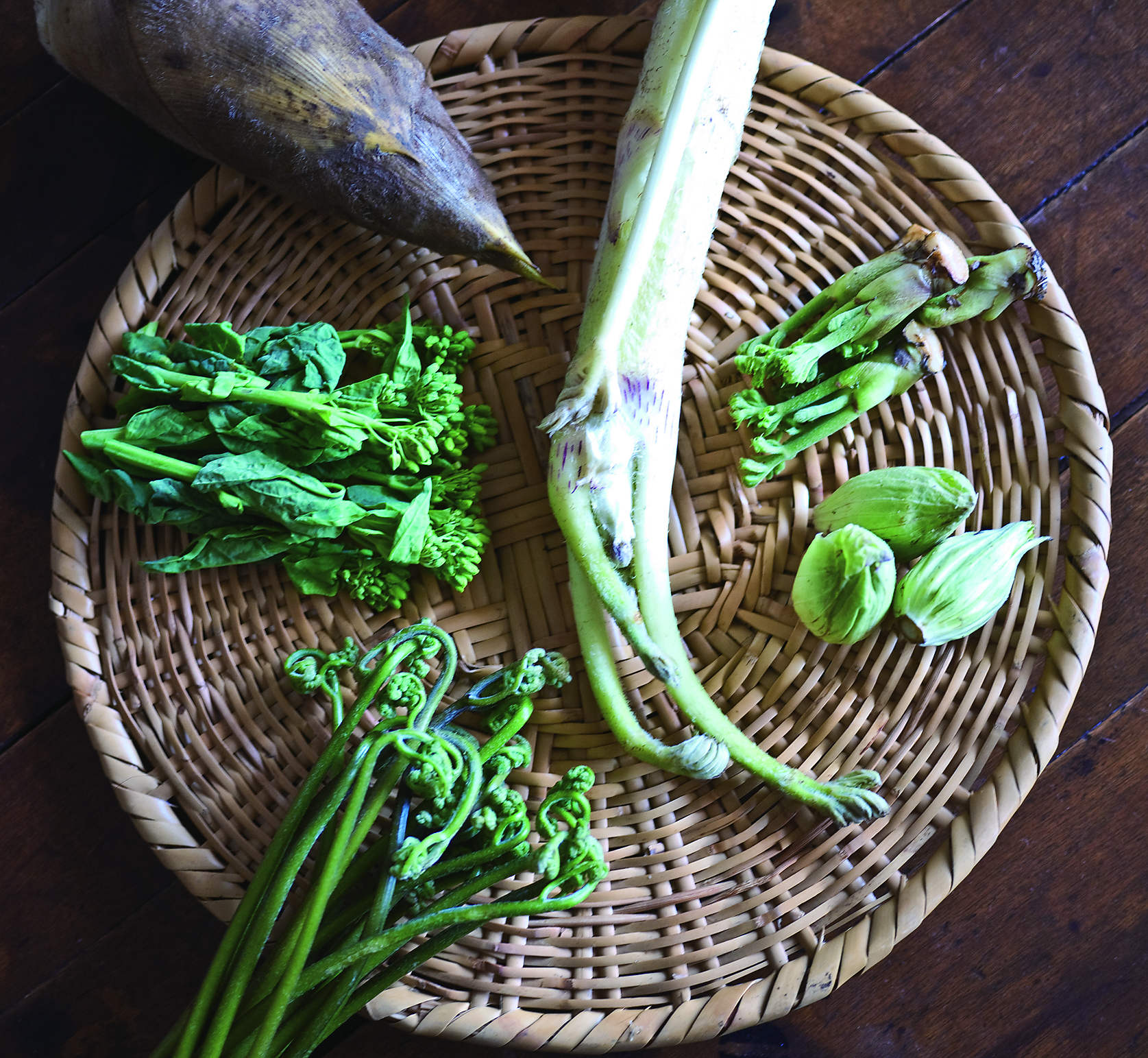Whenever I am away from my homeland for too long, there is one meal that fills my dreams. At the center is a bowl of plain steamed rice, white and glistening. On the side, a steaming bowl of fragrant miso soup. There's fish, perhaps sanma (Pacific saury), so hot from the grill that its skin sizzles when a splash of soy sauce is added, and a mound of refreshing and sharp grated daikon radish on the side as a foil to the oiliness. And in the corner, a small plate of crunchy tsukemono, pickled seasonal vegetables.
Whenever I ponder the question of what washoku, the quintessential Japanese cuisine, is, this is the meal I think of. It is simple yet complicated, plain yet sophisticated. It is salty, sour, sweet, slightly bitter and full of umami. And it is beautifully presented. Washoku does not hit you in the face with spice or other flamboyant flavors. It is a gentle caress as it satisfies your senses.
When washoku was designated as a UNESCO Intangible Cultural Heritage of Humanity this past December, there was some confusion outside of Japan as to what this meant. While some Japanese dishes have become popular worldwide in the past couple of decades, washoku remains a mystery for many.



















With your current subscription plan you can comment on stories. However, before writing your first comment, please create a display name in the Profile section of your subscriber account page.